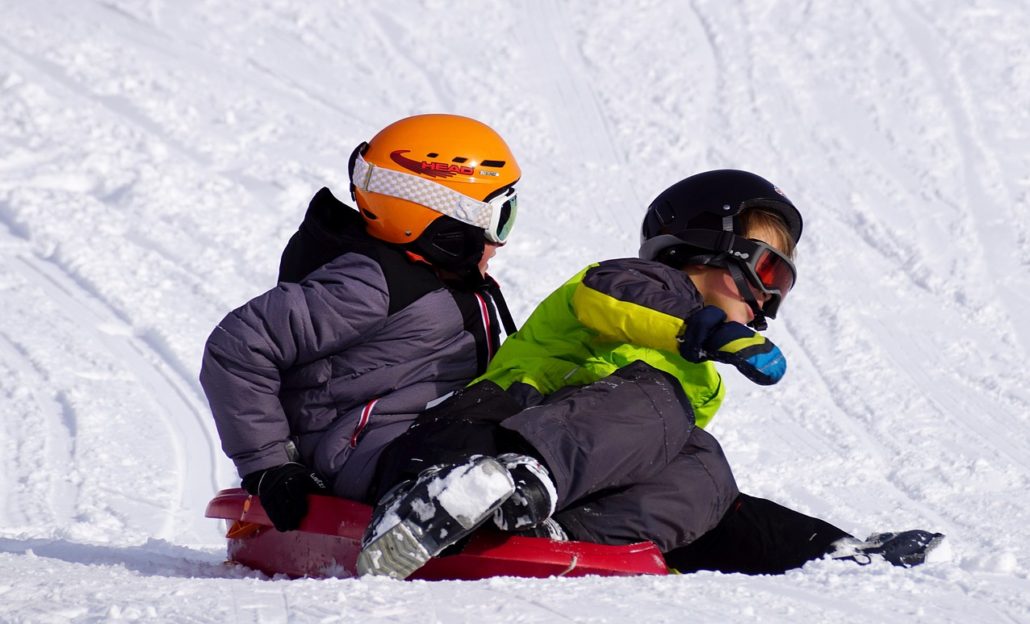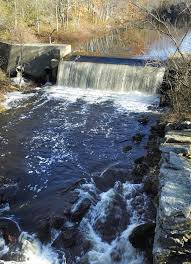
About a dozen residents of Vassalboro and nearby towns turned out for a Jan. 24 discussion of solar power with Rep. Richard Bradstreet and Sen. Roger Katz.
Discussion focused on legislative bills, originally LD 1686 and after a Jan. 24 work session LD 1444, dealing with what everyone agreed are complicated issues involving solar power in Maine.
LD 1444, “An Act Regarding Large-scale Community Solar Procurement,” sponsored by Sen. David Woodsome, directs the Public Utilities Commission (PUC) to promote community solar development. The closest local example is the planned solar array at 3 Level Farm on Vassalboro Road in South China.
At the Vassalboro meeting Todd Martin, of the Natural Resources Council of Maine, summarized three additional provisions that he expects will be added to LD 1444:
- Preventing the PUC from taxing rooftop solar production used by homeowners that doesn’t go into the grid (he compared the proposed tax, which he said will take effect unless the legislature acts, to a grocery store taxing customers who eat tomatoes grown in their gardens instead of store-bought tomatoes).
- Increasing the maximum number of participants in a community solar project from 10 to 50.
- Directing the PUC to make no changes in net metering, the billing system applicable to people who generate solar power into the grid for credit against power they draw from the grid at night and on cloudy days, until 2020.
The bill, Martin said, would save money for all electricity consumers, whether or not they choose to rely partly on home-based or community solar generation.
Martin and audience members said Central Maine Power Company (CMP) is a business whose owners want to encourage more transmission lines, the source of their income, and therefore promote electricity consumption and discourage local production. Martin said the company gets a 12 percent return on its investment in wires and poles.
CMP does not generate any electricity, since production and distribution were legislatively separated in Maine late in the 20th century. The separation, Winslow resident Peter Garrett commented, gives CMP leaders a very different perspective from utility executives in Vermont, who try to reduce consumption and promote solar and other small-scale forms of generation.
One result of the difference is that Vermont is a leader in solar energy in New England and Maine is the laggard.
In general, Martin and others said, Maine Democratic legislators support solar energy, as do many Republican Senators; opposition comes primarily from House Republicans. Last year, both Bradstreet and Katz supported a pro-solar bill; Bradstreet did not vote to override Governor Paul LePage’s veto of the measure.
An audience member asked Katz how she could argue in favor of solar energy without sounding like a “left-wing radical.”
Points he offered included: every form of energy has a subsidy, so solar is not unique; Maine people pride themselves on self-reliance, and solar installation prices have come down enough so it is no longer only for the rich; installing solar panels creates jobs; and when most of the country promotes solar energy, why should Maine be left behind?
Martin added that the solar industry lets young college graduates find jobs in Maine, for example with ReVision Energy, in Liberty and Portland; and undoing disincentives for solar energy encourages a free market in energy, a point that should appeal to Republicans.
The solar energy discussion was held in Vassalboro Friends Meeting House, which is heated almost entirely by heat pumps and solar panels.


 The China Winter Family Fun Day is scheduled for Saturday, February 17, from 11 a.m. – 3 p.m., at
The China Winter Family Fun Day is scheduled for Saturday, February 17, from 11 a.m. – 3 p.m., at 






